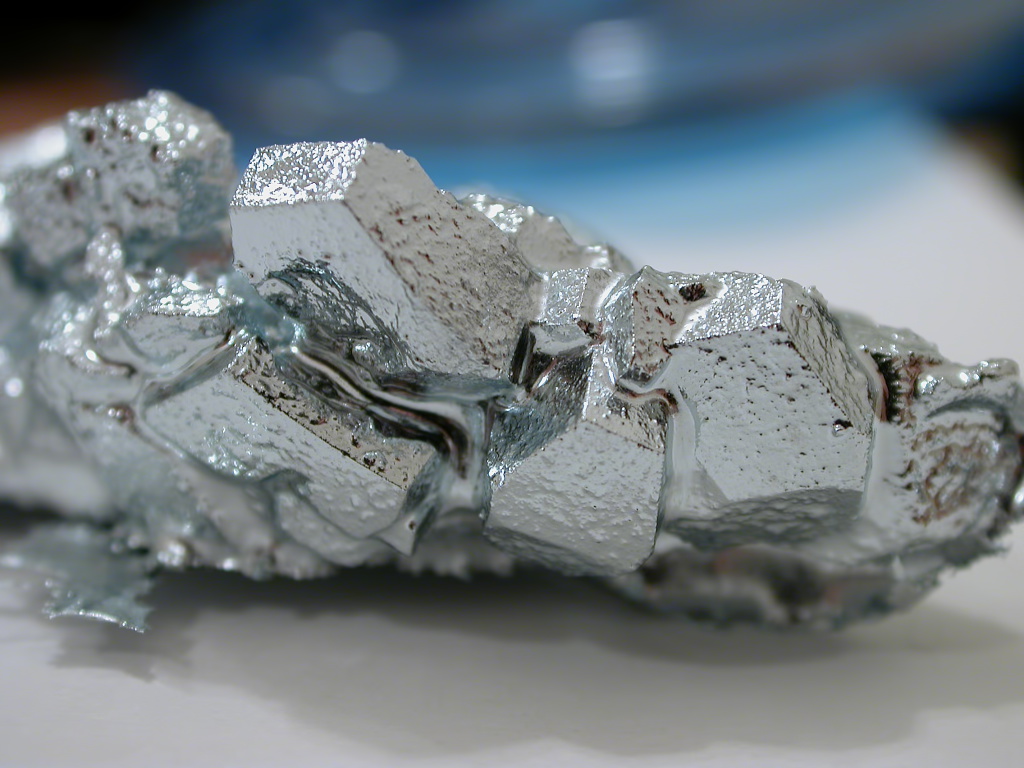Media release
From:
Scientists have paved the way for next-generation quantum circuits by successfully making a semiconducting element commonly used in electrical devices superconducting.
A research team from The University of Queensland’s School of Mathematics and Physics and Australian Institute for Bioengineering and Nanotechnology and New York University have shown germanium can conduct electricity without resistance.
The discovery, which had eluded physicists for more than 60 years, unifies the building blocks of classical electronics and quantum technologies.
Dr Peter Jacobson said the result opens a pathway for a new era of hybrid quantum devices.
“These materials could underpin future quantum circuits, sensors and low-power cryogenic electronics, all of which need clean interfaces between superconducting and semiconducting regions,” Dr Jacobson said.
“Germanium is already a workhorse material for advanced semiconductor technologies, so by showing it can also become superconducting under controlled growth conditions there’s now potential for scalable, foundry-ready quantum devices.”
Dr Julian Steele said previous efforts to integrate superconductivity directly into semiconductor platforms had failed when structural disorder and atomic-scale imperfections were introduced.
“Rather than ion implantation, molecular beam epitaxy (MBE) was used to precisely incorporate gallium atoms into the germanium’s crystal lattice,” Dr Steele said.
“Using epitaxy – growing thin crystal layers – means we can finally achieve the structural precision needed to understand and control how superconductivity emerges in these materials.”
Dr Carla Verdi showed this ordered atomic structure reshapes the electronic bands in a way that naturally supports superconductivity.
“This theoretical work confirmed that gallium atoms substitute neatly into the germanium lattice, creating the electronic conditions for superconductivity,” Dr Verdi said.
“It’s an elegant example of how computation and experiment together can solve a problem that has challenged materials science for more than half a century.”
The research has been published in Nature Nanotechnology.
Collaboration and acknowledgements
The work was a collaboration between UQ, New York University, ETH Zürich and Ohio State University.
The Australian team performed experiments at ANSTO’s Australian Synchrotron and computational work was carried out using national high-performance computing resources.
Dr Peter Jacobson and Dr Carla Verdi are at UQ’s School of Mathematics and Physics. Dr Julian Steele has a dual affiliation with UQ’s Australian Institute for Bioengineering and Nanotechnology and the School of Mathematics and Physics.



 Australia; QLD
Australia; QLD


